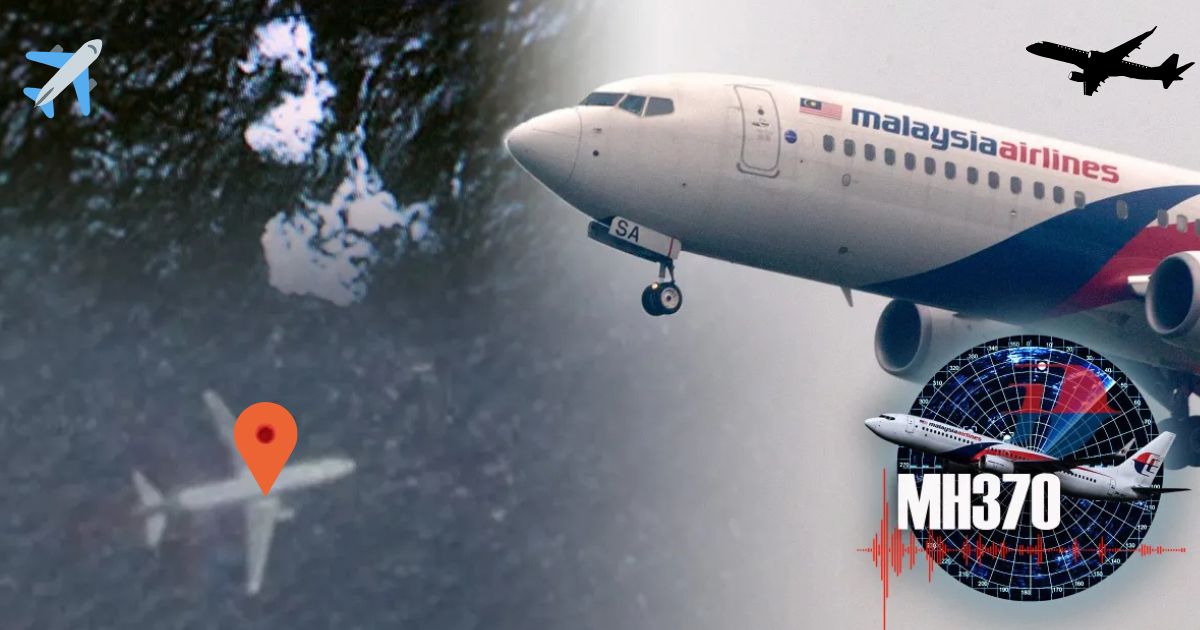The disappearance of Malaysia Airlines Flight MH370 remains one of the greatest aviation mysteries in history. On March 8, 2014, the Boeing 777, carrying 239 passengers, vanished from radar during its journey from Kuala Lumpur to Beijing. Despite an extensive search covering vast parts of the Indian Ocean, the wreckage of the aircraft remains elusive. However, in recent years, Malaysia Airlines Flight 370 Google Maps has emerged as an unexpected ally in helping decode the mystery.
In this blog, we’ll explore how Google Maps is playing a pivotal role in the ongoing investigation and why it continues to spark interest among researchers and enthusiasts alike.
The Satellite Data That Changed Everything
Following the disappearance of Flight MH370, authorities turned to satellite data to narrow down the potential search area. Using a technology called Inmarsat, investigators discovered that the plane continued flying for several hours after losing contact with air traffic control. These satellite “handshakes” suggested that the plane was heading toward the southern Indian Ocean—a remote and vast region of the world.
While this gave investigators a starting point, the search area was still enormous—an area larger than many countries combined. This is where Google Maps became crucial in the search and investigation process.
Crowdsourcing Clues with Google Maps
After the official search teams conducted their operations, the power of crowdsourcing became a game-changer. Enthusiasts, armchair detectives, and even professional researchers started using Google Maps and Google Earth to comb through satellite imagery, searching for any clue that could lead to the wreckage of MH370.
Google Maps offered a unique advantage: it allowed anyone to zoom in on high-resolution satellite images of remote locations that were difficult to access. Researchers began scrutinizing the southern Indian Ocean and surrounding areas, hoping to spot any signs of wreckage or objects that could be related to the missing flight.
Some even began mapping out alternative flight paths, exploring the various routes MH370 might have taken based on the limited satellite data available. While these efforts have not directly led to the discovery of the wreckage, they have contributed to keeping the investigation alive, sparking new theories and perspectives on the aircraft’s disappearance.
A Powerful Visualization Tool for Theories
The key to solving the mystery of Malaysia Airlines Flight 370 lies in piecing together the plane’s last known moments. Google Maps helped visualize different theories and simulate possible scenarios based on the available satellite data. Researchers have used the platform to propose various paths the plane could have followed, considering factors such as fuel consumption, winds, and the plane’s final known location.
Google Maps also made it easier to explore the vastness of the ocean. The ability to zoom in and out on specific locations allowed enthusiasts and professionals to rethink the areas being searched, suggesting new places that might have been overlooked by the official teams.
Google Earth’s Role in Locating Potential Wreckage
In 2018, Google announced that it would offer its satellite imagery data to assist in the search for MH370. This data proved to be a valuable tool for researchers, helping them identify areas that had not yet been fully examined.
While the official search in the Indian Ocean has not led to a definitive discovery of the wreckage, Google Earth and Google Maps allowed teams to analyze areas in unprecedented detail. Even though nothing concrete has surfaced, the ability to explore these regions with such precision means that new insights may yet emerge.
Google Maps and Public Engagement in the Investigation
Another aspect of the mystery surrounding Malaysia Airlines Flight 370 is how Google Maps has encouraged public engagement. The case of MH370 has sparked online communities and forums where enthusiasts discuss new theories, share findings, and map out potential areas of interest.
In a way, Malaysia Airlines Flight 370 Google Maps has created an ongoing dialogue between the public, aviation experts, and investigators. The continued fascination with the flight and the ability to virtually explore possible locations using tools like Google Maps ensures that the case remains in the public consciousness.
Conclusion: A Tool in the Quest for Answers
While the mystery of Malaysia Airlines Flight 370 may never be fully solved, Google Maps has undeniably played a key role in continuing the search for answers. From crowdsourcing potential clues to visualizing theories and providing satellite data for further investigation, Google Maps has become an invaluable tool in piecing together the puzzle.
As the search for MH370 continues, the combination of cutting-edge technology and the dedication of both professionals and enthusiasts may eventually unlock the secrets of that fateful flight. For now, Google Maps remains an essential tool in keeping the mystery alive, with hope that one day, the truth will be uncovered.




